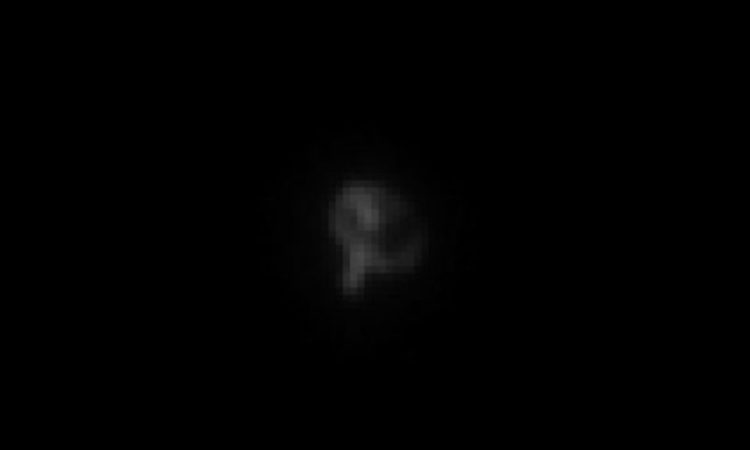
There is an army of vehicles that are assigned a series of surveillance tasks. Some intercept radio waves or detect missile launches. An astrophotographer immortalized one.
In the world of space spy satellitesfew details are available to the public, and groups like the US Space Force, the National Reconnaissance Office, the Central Intelligence Agency, and the National Geospatial-Intelligence Agency appreciate this quite a bit. There is an army which is assigned a series of surveillance tasks. Some intercept radio waves or detect missile launches. Others offer close-up looks at certain areas using high-visibility optical systems or scan the Earth with powerful radar technology.
Advertisement
These high-altitude satellites are attractive targets for amateur astrophotographers. This is the case of Felix Schöfbänker, who managed to immortalize one of these spy vehicles.
What we know about spy satellites
In recent months, Schöfbänker has been photographing spy satellites with his 14″ Dobsonian telescope, optimized for satellite tracking and imaging from his home. Schöfbänker focused on a new generation of American reconnaissance satellites with optical and radar technologylaunched into space on behalf of the National Reconnaissance Office (NRO), which designs, launches and operates spy satellites on behalf of the US federal government.
I (Future Imagery Architecture) FIA-Radar, also called Topazare five US spy satellites carrying a Synthetic Aperture Radar (SAR) for imaging. This technology can see and works day and night. They are the successors to the Lacrosse/Onyx series of SAR satellites.
The characteristics of Topaz
“From my images I conclude that these satellites have a satellite dish of around 12 meters in diameter and 2 solar panels with a wingspan of around 10 metres,” emphasizes Schöfbänker. “There is also another bright object between the solar panels that I interpret as an antenna, although it could be something else,” she added. These SAR satellites create images by sending numerous pulses and then processing them on a computer to convert the returning signals into an image, Schöfbänker concluded.
Read more

